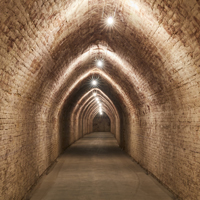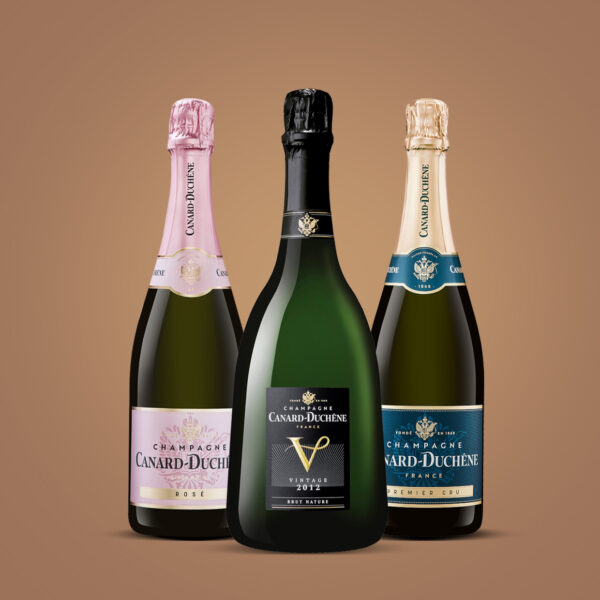The Mag
Valentine’s Day – What is a rosé champagne ?
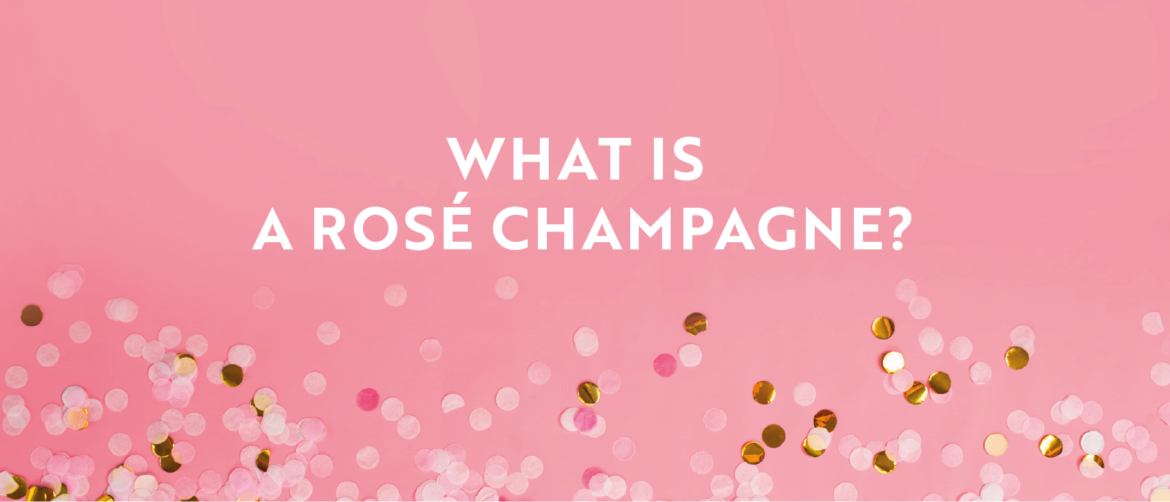
February 14th is approaching fast… The House of Canard-Duchêne invites you to celebrate Valentine’s Day with a touch of life in rosé.
Nothing like a rosé champagne to mark a romantic occasion. But what is a rosé champagne? How is it made? And when to enjoy it?
Focus on this champagne with its delicate pink to orange hues.

The characteristics of rosé champagne
Rosé champagne is above all a champagne made from the grape varieties of the appellation:
– The Pinot Noir: the dominant black grape variety of the Montagne de Reims, which gives power and structure. It evokes aromas of red fruits such as cherry, raspberry or blackberry.
– The Meunier: a vigorous black grape variety, which brings roundness and suppleness. It expresses greedy fragrances of yellow fruits such as apple or plum.
– The Chardonnay: A white grape variety, emblematic of the Côte des blancs, it brings freshness and balance. It has floral, delicate and even mineral notes, but also fresh fruit such as citrus.
Everything is then based on the proportion of black grapes, associated with white grapes. This is why rosé champagnes made with a high amount of black grapes are more full-bodied.

The secrets of creating rosé champagne
Rosé champagne can be made using two different methods. The tastes and colors can then differ!
The blending
Champagne is the only wine region allowed to produce rosé by blending white and red wines, such as the red wine Les Riceys which is produced and very well known in the Champagne region. This is a specificity of the Champagne region and is the most common method used today to create rosé champagne.
To make it, when the wines are still (without bubbles), the red wine is added to the white wine before bottling. The proportion of red wine varies from 5 to 20%. It determines the color, the structure, the body and the expression of the aromas of the champagne.
Once assembled, the process continues in the traditional way, the future cuvée is stored in the coolness of the cellars in order to move on to the stage of the prise de mousse, or “second fermentation”.
The colors of the blended rosés are rather salmon-coloured, pastel with touches of apricot. Their aromas are delicate, fruity and sometimes even zesty.
Macerated
Also called rosé de saignée, this method is more demanding. The black grapes and their skins, which contain the tannins, are macerated. Thus, we extract juice with a beautiful pink color. This process is delicate because of the variation of the maceration time which differs according to the year, the grape…
The bled rosé champagne generally has a more pronounced color such as a pink with red nuances. Its flavors are also more assertive than the blended rosés: they are marked, bold and greedy.
Some champagnes combine the two methods, such as our Charles VII Rosé which is made using both the blending and saignée methods.
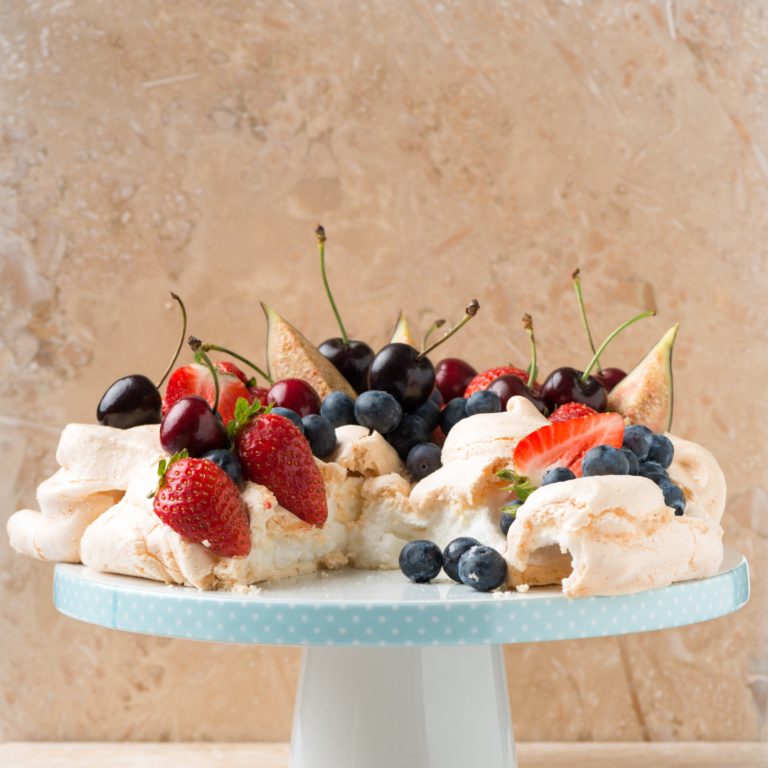
When to taste rosé champagne?
Rosé champagne is not necessarily sweeter than traditional champagne.Like white champagne, it contains a liqueur composed of wine and sugar, called liqueur de dosage or d’expédition. The sugar level is then determined at the time of the dosage and according to its content. This is how we can obtain a Rosé Brut, Extra-Sec or Doux champagne. To learn more, the House tells you everything about the dosage.
Contrary to popular belief, rosé champagne is not just reserved for sweet desserts such as a charlotte with pink Reims biscuits or a red fruit pavlova.
Thanks to its versatility, rosé champagne can also be enjoyed with a dish or a cheese, which you can find in our suggestions for food and wine pairing.
If you also dare to offer yourself a declination in the colors of love, choose Canard-Duchêne rosé bubbles!
La vie en rosé is suitable for Valentine’s Day, but also for any occasion of the year. Whether you are in love or not, the House of Canard-Duchêne celebrates all free spirits since 1868.
Want to know more about the champagne making process?
Discover the complete process by booking a visit to our cellars!
The House of Canard-Duchêne wishes you a lovely month of February and delicious tastings.
These articles may be of interest to you
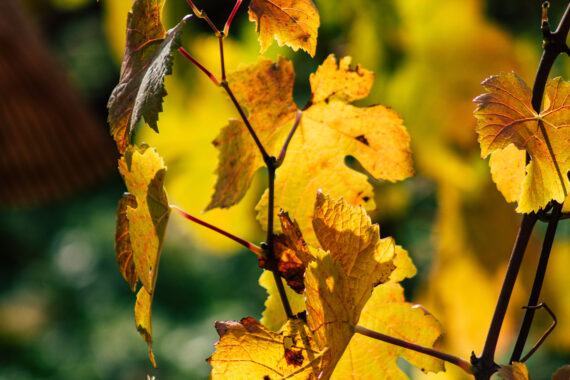
Knowledge
The vine falls asleep
Everything you need to know about the vine maintenance during winter season.

Lifestyle
2022 Hindsight Bubble
The year 2022 is slowly coming to an end, and the custom is then to take stock of the past months. The Canard-Duchêne…



